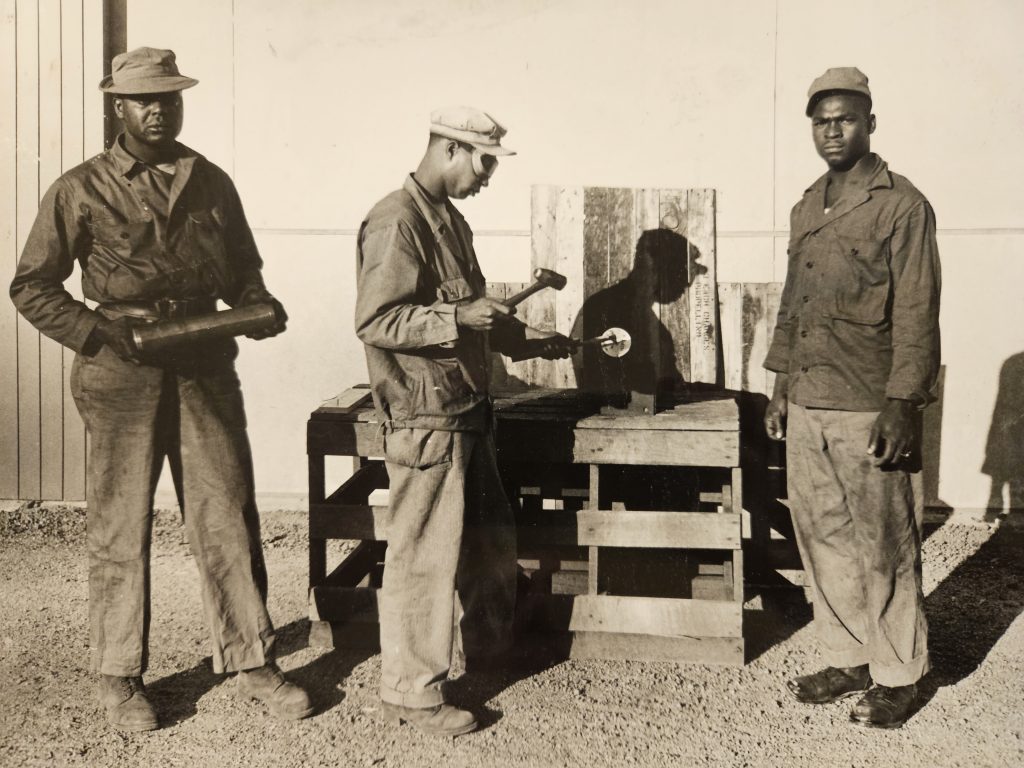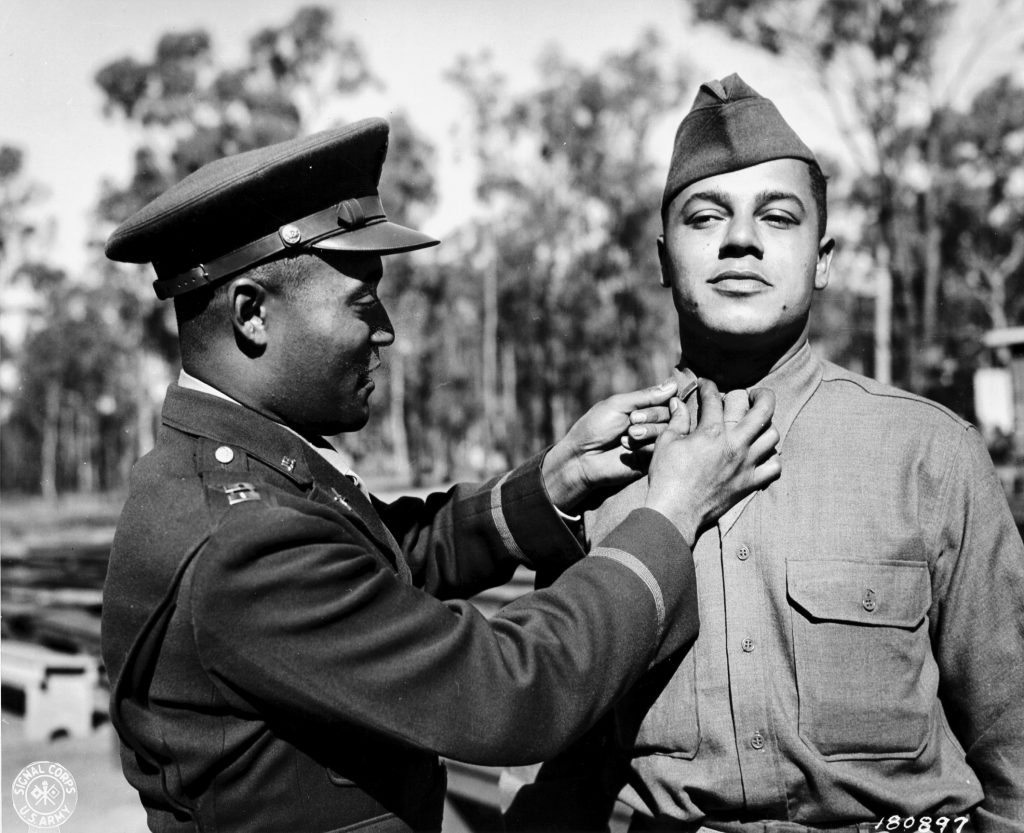Camp Freeman, part of the larger American WWII military Camp Columbia complex World War II, played a significant role in the context of racial segregation and the presence of African American troops. The camp’s history is closely tied to the broader dynamics of the time, as well as its physical location. This integrated account aims to provide a comprehensive understanding of Camp Freeman based on the provided articles.
Camp Freeman and the Racial Segregation Context
During World War II, Australia was grappling with its own discriminatory policies, most notably the ‘White Australia Policy,’ which aimed to limit the entry of non-white immigrants into the country. This policy had implications for how the Australian government and U.S. authorities handled the deployment of African American troops.
The U.S. authorities rejected the idea of sending ‘white-only’ troops to Australia. Instead, in March 1942, a contingent of 6346 African American troops arrived. They were essential for various tasks, including clearing scrub and building airfields. Many of these soldiers hailed from urban areas in the United States, where they had gained some civil rights and privileges. Despite their awareness of the importance of the war effort, they were often treated as second-class citizens by their white American peers.
Camp Freeman’s Location and Role

Camp Freeman was part of this complex situation. While the exact location of the camp is open to some conjecture, several pieces of evidence point to its existence. It is believed that the main entrance to Camp Freeman was situated at the corner of Freeman Avenue and Douglas Street, which is now Rudd and Rosemary Streets (Mr Freeman was local landholder in this area).
The camp comprised the main camp and at least two sub-camps. The main camp held about 1000 African American troops, while the sub-camps had around 200 soldiers each. The main camp was under the 29th Quartermaster Company, responsible for transport and ordnance loading, while the Archerfield Road sub-camp came under the 636th and 577th Ordnance Companies. These troops worked at the Darra Ordnance Depot and the Renovation Small Arms Plant.
The camps were connected by tracks that led to the Darra Ordnance Depot and further to the Camp Columbia HQ. The African American troops stationed at Camp Freeman played a crucial role in transporting bombs and ammunition from the Army Ordnance Ammunition storage to Wacol rail for onward transportation.
Interaction Between African American and White Troops
Tensions often arose between African American and white American troops when they came into contact. While white troops generally did not engage in fights amongst themselves, conflicts between black and white troops were common. As a result, military police of both races often patrolled together to maintain order.
Impact on Civil Rights

In an attempt to boost morale among African American troops, a small number of them were selected to attend the Officer’s Candidate School at Camp Columbia in early 1943. Graduates of this program, such as Edmund Lowe, achieved prominent positions within their units. However, throughout most of the War in the Pacific, white officers continued to dominate the command structure of African American units.
In conclusion, Camp Freeman was a significant location during World War II, where African American troops played a crucial role despite the challenges of racial segregation and discrimination. The camp’s location, role, and its impact on the interactions between African American and white troops highlight the complexities of this historical period.
Source: Tracing the historical significance of the Wacol Army Camp to the City of Brisbane, by Noel W. Wallis.
